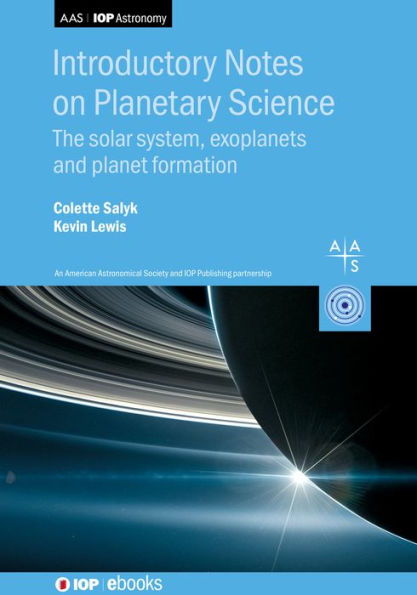5
1

Introductory Notes on Planetary Science: The solar system, exoplanets and planet formation
200
Introductory Notes on Planetary Science: The solar system, exoplanets and planet formation
200eBook
$71.49
$95.00
Save 25%
Current price is $71.49, Original price is $95. You Save 25%.
Related collections and offers
71.49
In Stock

Product Details
| ISBN-13: | 9780750322126 |
|---|---|
| Publisher: | Institute of Physics Publishing |
| Publication date: | 12/03/2020 |
| Series: | ISSN |
| Sold by: | Barnes & Noble |
| Format: | eBook |
| Pages: | 200 |
| File size: | 10 MB |
About the Author
From the B&N Reads Blog
